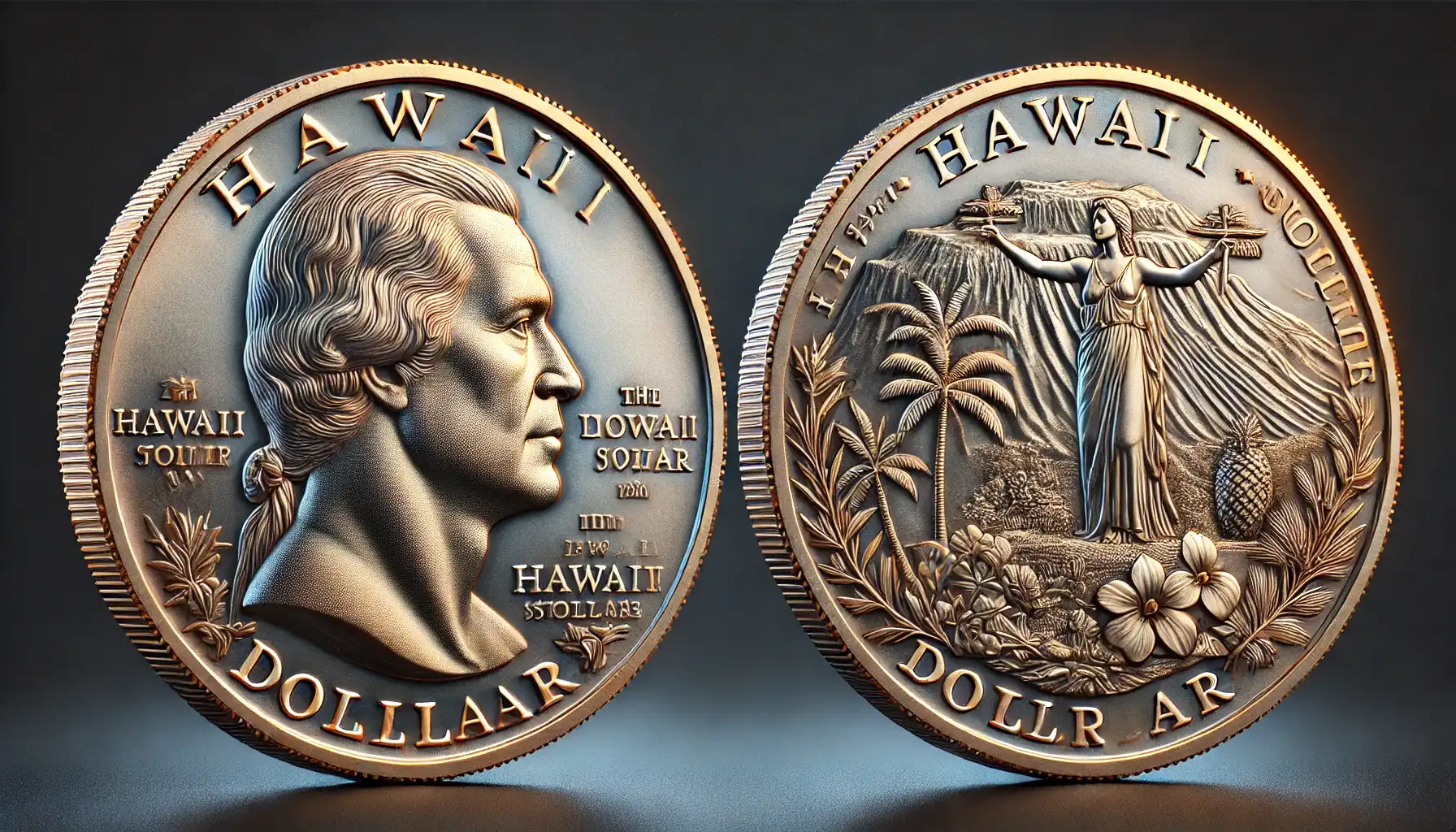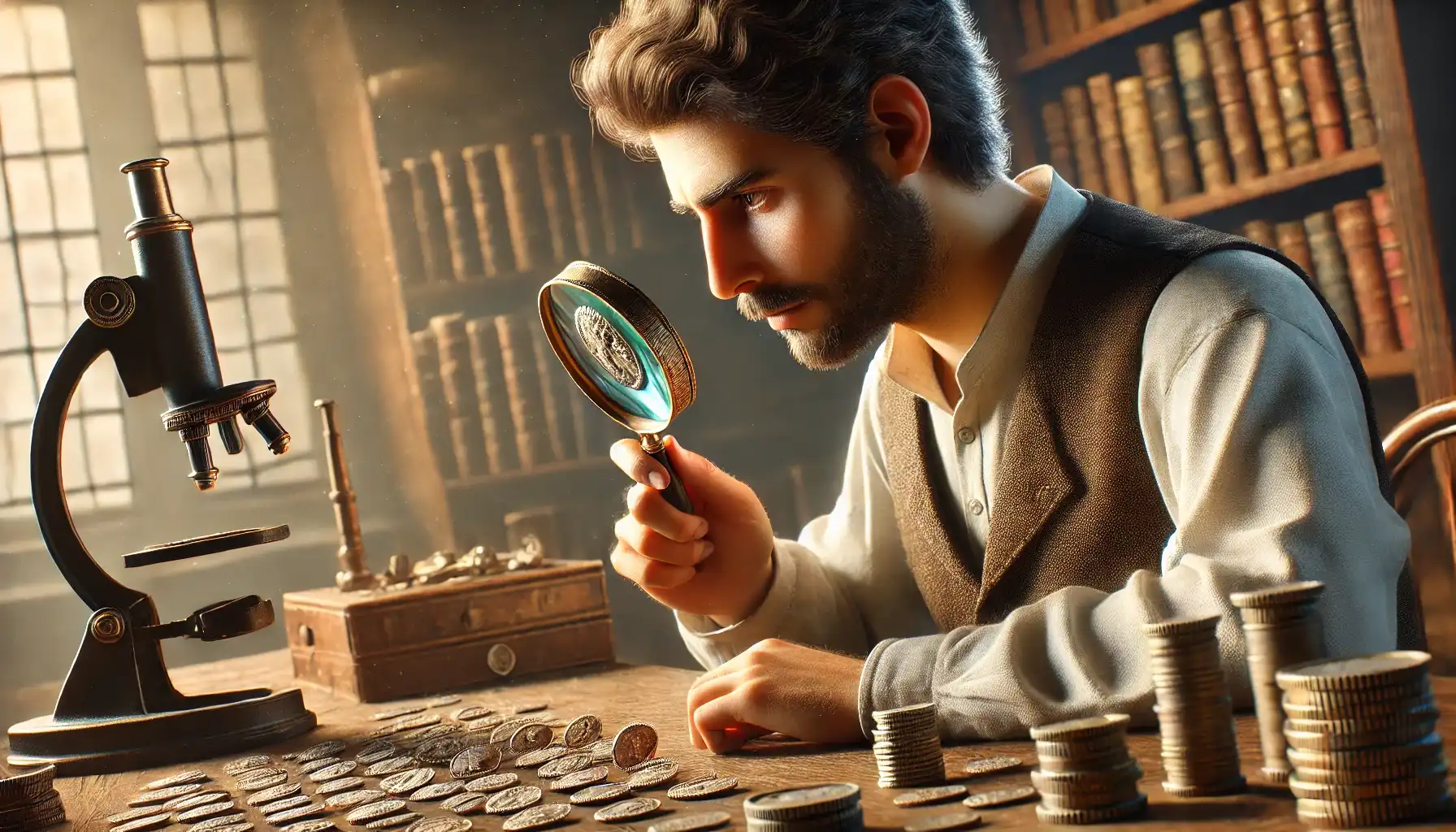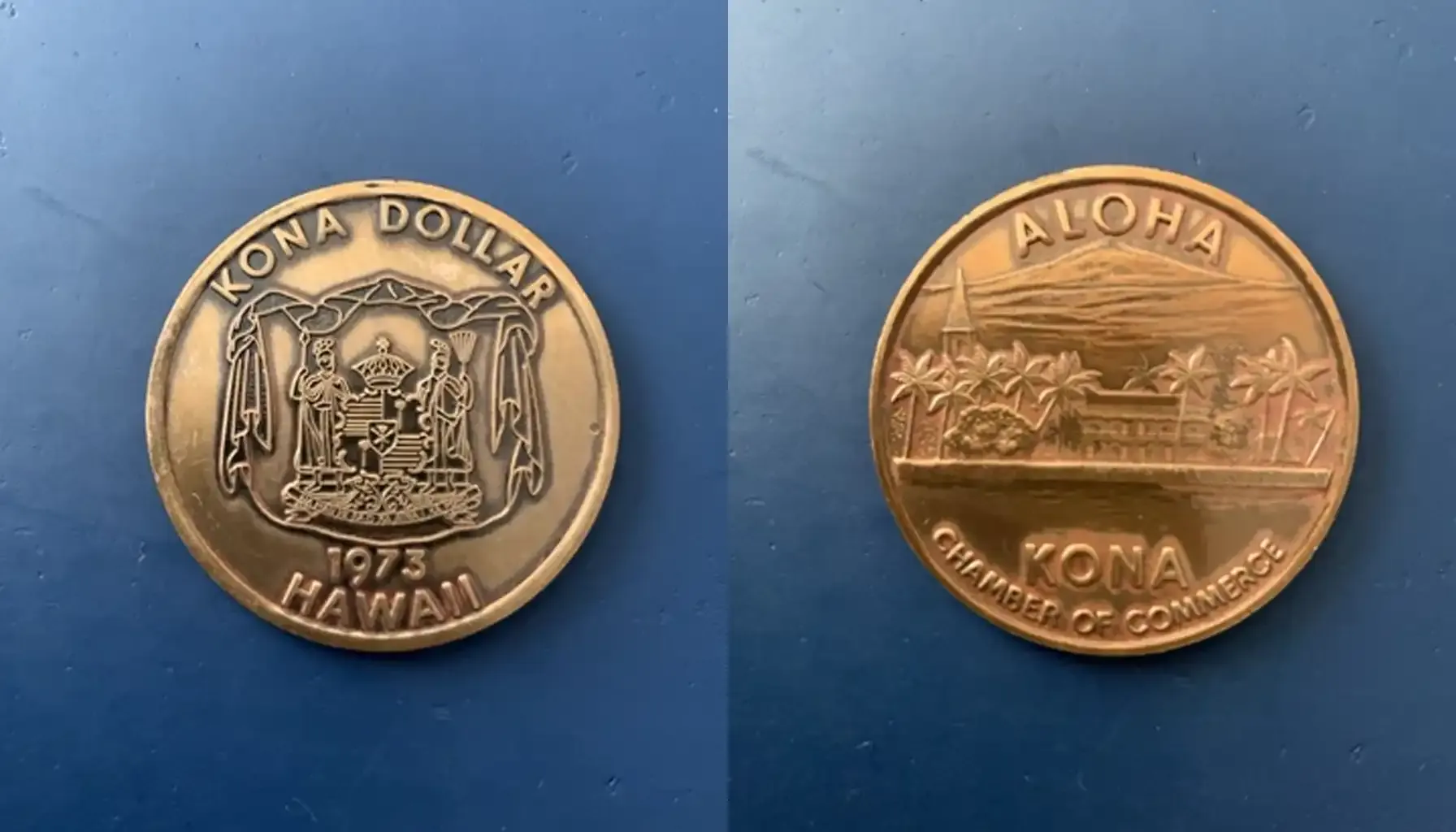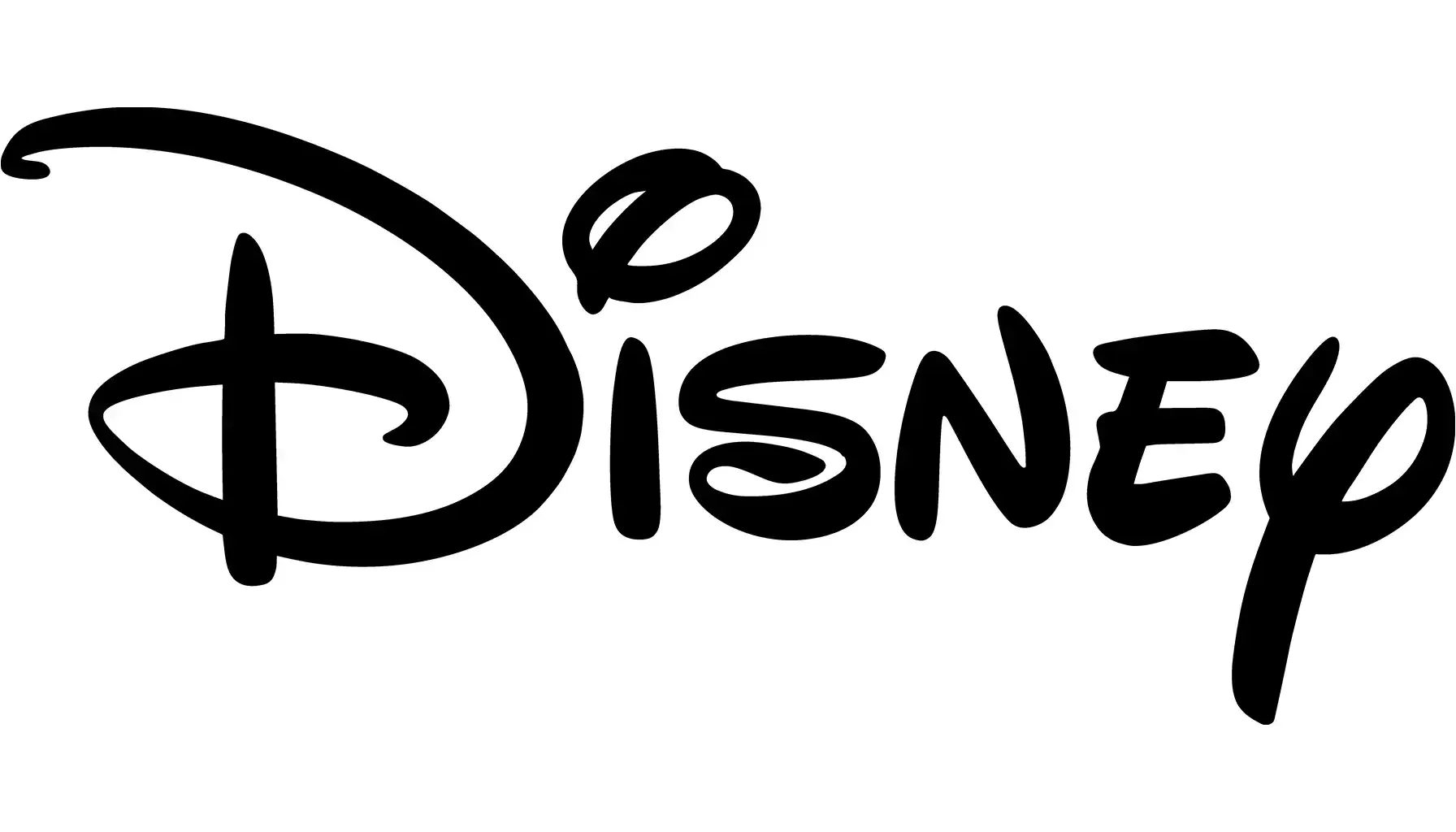Hawaii... Have you already vacationed there? What exactly do you remember about this place? Or maybe you just dream about a trip there? We understand. This is truly a heavenly place, which is also connected with the world of numismatics, oddly enough.
Today we will talk about its numismatics and prepare your collection for an addition, in the future or in your dreams. So, how much is a Hawaiian dollar coin worth?
Historical Overview
The Hawaii dollar piece is also known as the "Hawaiian Dala". It was minted during the reign of King Kalakaua I, who was the last reigning king of the Hawaiian Kingdom. They were authorized by the Kingdom of Hawaii in 1883.
They were minted at the San Francisco Mint in 1883, with denominations:
one-cent (Hapa Haneri),
dime (Umi Keneta),
quarter dollar (Hapaha),
half dollar (Hapalua),
dollar (Akahi Dala).

They had limited circulation primarily because Hawaii was annexed by the United States in 1898, which led to the transition to U.S. currency. These coins were demonetized on January 14, 1903.
The rarity, historical significance and unique design are the reason for the rather high Hawaiian dollar coin value.
You can find further information in different numismatic books and guides.
What Is the Value of a Hawaii Dollar Coin?
Coin/Token | Description | Approximate Value |
1883 Hawaiian Silver | Features King Kalakaua I on the obverse and the Hawaiian coat of arms on the reverse. Composed of 90% silver. | From $100 in lower grades to over $14,000 in MS67 condition. |
1883 Hawaiian Half | Depicts King Kalakaua I; composed of 90% silver. | |
1959 Hawaii Dollar Coin | Brass token commemorating Hawaii's statehood in 1959. | Around $8. |
1973 Honolulu Chamber of Commerce Dollar | Brass token featuring Waikiki Beach and Diamond Head; commemorates Honolulu. | The 1973 Hawaii dollar coin value is from $5 to $25. |
Hawaii Dollar Coin 1974 | Similar design to the 1973 issue; brass composition. | Average 1974 Hawaii dollar coin value is around $14.88. |
Hawaii Dollar Coin 1975 | Brass token with "Aloha from Hawaii" and King Kamehameha imagery. | The 1975 Hawaii dollar coin value is about $10 to $18. |
Hawaii Dollar Coin 1976 | Features Waikiki Beach and Diamond Head; brass composition. | 1976 Hawaii dollar coin value sums range from $5 to $20. |
1975 Hilo Dollar | Depicts Queen Liliuokalani; brass composition. | Around $17.99. |
1978 Kona Coast Bicentennial | Commemorates Hawaii's bicentennial; brass composition. | Approximately $18. |
2008 Hawaii State Quarter | Part of the U.S. 50 State Quarters Program; features King Kamehameha I. | Commonly found in circulation; uncirculated versions may be of higher 2008 quarter dollar coin value Hawaii. |
1973 Kauai Chamber of Commerce | Features Prince Kuhio; brass composition. | The Hawaii dollar coin 1973 value is around $12. |
1975 Hilo Dollar (Queen Liliuokalani) | Features Queen Liliuokalani; brass composition. | Typically valued around $17. |
1959 Hawaii Statehood Flag Day | Commemorative token for Hawaii's statehood; various compositions. | Values vary based on material and condition. |
2008 Hawaii State Quarter (Silver Proof) | Silver proof version of the Hawaii State Quarter. | Higher value than standard quarters. |
1976 Kona Kohala Hawaii Dollar Coins | Commemorative token; brass composition. | Typically around $10 to $20. |
1973 Honolulu Hawaii Dollar with Serial Number | Brass token with unique serial number; commemorative issue. | Specific serial numbers may command a premium. |
1975 Hawaii Gold Dollar Coin | Commemorative token; gold-plated versions exist. | The price Hawaii dollar coin depends on gold content and condition. |
1976 Hawaii Dollar Coin Waikiki Beach - Diamond Head | Commemorative token featuring Waikiki Beach and Diamond Head. | $5 - $20. |
1974 Hawaiian Hilo Dollar Coin | Features Queen Liliuokalani; brass composition. | Typically around $10 to $20. |
1975 Hilo (Queen Liliuokalani) | Features Queen Liliuokalani; brass composition. | Around $17. |
More about 5 of Them
1. 1883 Kalākaua Coins
They were the first and only official coinage of the independent Kingdom of Hawaiʻi (royal Hawaiian dollar coin pieces). Issued in denominations of 10 cents, 25 cents, 50 cents, and $1, they all feature a portrait of King David Kalākaua I, the last reigning king of Hawaiʻi, on the obverse. The reverse bears the royal Hawaiian coat of arms with the denomination and date.
Composition: 90% silver, 10% copper (except for some pattern issues).
Diameter: 38 mm
Weight: 26.73 grams
They were withdrawn after annexation by the U.S. in 1898, making them highly collectible today.

2. 1891 Queen Liliʻuokalani Silver Dollar (Unofficial / Commemorative Issue)
Although not officially minted by a sovereign Hawaiian government, the 1891 Queen Liliʻuokalani coin is a commemorative or fantasy issue honoring the only reigning queen of Hawaiʻi. It typically features a dignified bust of Queen Liliʻuokalani and inscriptions in English or Hawaiian.
Composition: Varies – commonly silver-plated copper or brass.
Diameter: ~38 mm
They were issued by private mints and commemorated Hawaiʻi’s monarchy after its overthrow. They remain of high symbolic and collector value, despite lacking legal tender status.

3. Waikīkī Hawaiʻi Coin (1970s Commemorative Token)
The Waikiki Hawaii coin is a commemorative token issued by the Honolulu Chamber of Commerce during the 1970s. It typically features imagery of Diamond Head, Waikīkī Beach, and surfboards or outrigger canoes, as a symbol of Hawaiian tourism and culture.
Composition: Usually brass or bronze
Diameter: ~38 mm
Edge: Plain
These were promotional trade Hawaiian one dollar coin pieces, often redeemable for discounts at local businesses. Though not legal tender, they are highly collectible for their vintage charm and strong ties to Hawaiʻi's tourism history.

4. 1973 Hawaiʻi Dollar Coin (Honolulu Chamber of Commerce Issue)
It is a brass commemorative token issued to promote commerce and tourism in Honolulu (Hawaii dollar coin Honolulu). The obverse often depicts King Kamehameha I or landmarks such as Diamond Head, while the reverse may include "Chamber of Commerce of Honolulu" and "Aloha from Hawaiʻi" inscriptions.
Composition: Brass
Diameter: ~39 mm
Edge: Plain
These tokens were part of the local “Aloha Dollar” series. Today, they are collected for their cultural significance and nostalgia.

5. 1974 Hawaiʻi Dollar Coin (Honolulu Chamber of Commerce Issue)
It is similar in size and style to the 1973 version, often showing tropical scenes, hula dancers, or historic Hawaiian figures. It typically features the Honolulu Chamber of Commerce seal and a stylized Aloha greeting.
Composition: Brass
Diameter: ~39 mm
These tokens were a marketing tool for local businesses and events, especially in the Waikīkī area. While not rare, well-preserved examples are popular among collectors of exonumia and Hawaiian memorabilia and may be of a rather high Hawaii dollar Honolulu coin value.

Note: The last official Hawaiian pieces were minted in 1883. You may try to find these or other specimens at Tennessee Coin Shows, or other auction events.
What if you have exactly these ones? You can immediately identify them using the online coin identifier called Coin ID Scanner app: just take a photo of the piece, and the application will give you a numismatic description of it. Try it today and take advantage of other useful features of this service.



